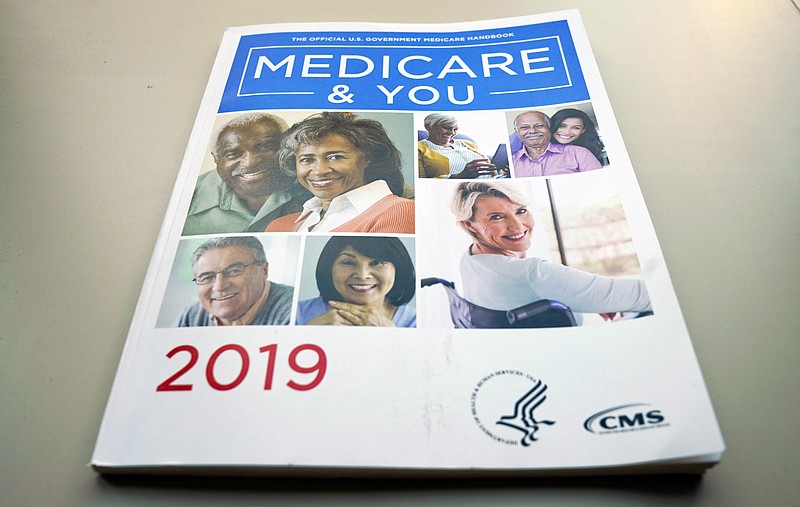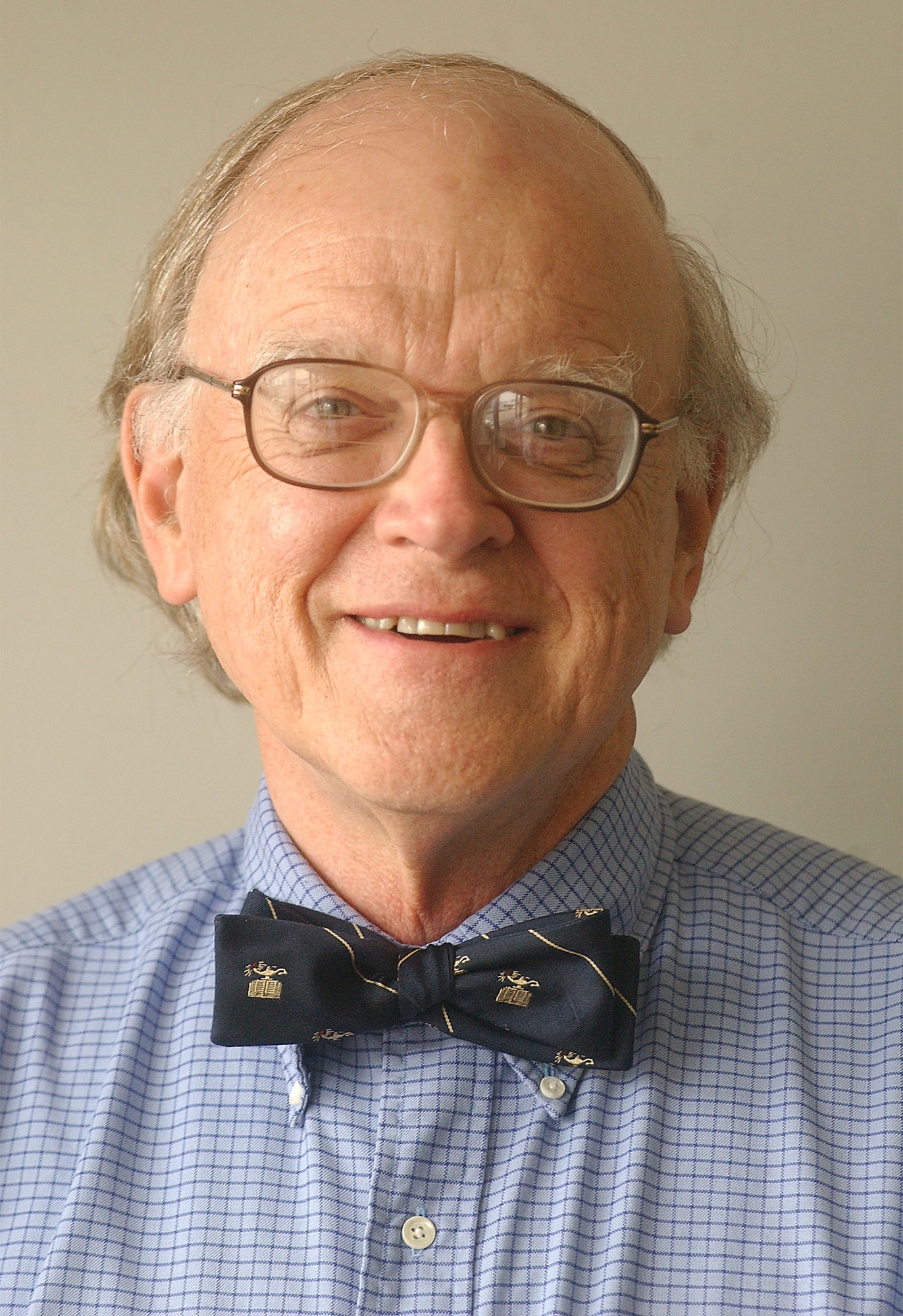In July 1965, Congress approved and President Lyndon Johnson signed legislation establishing Medicare. Benefits began 18 months later. Medicare currently provides health insurance coverage for 60 million Americans aged 65 and over and 8.8 million younger individuals with long-term disabilities or end-stage kidney disease. About 9 million Medicare recipients qualify for Medicaid because of their low incomes. The "dual eligible" population accounts for more than one-third of total Medicaid expenditures.
In fiscal year 1970, Medicare accounted for 3% of federal spending. By 2018, Medicare expenditures had risen to more than $741 billion, or 14% of federal spending. Medicare is currently the second largest program in the federal budget, behind Social Security at 24%.
Medicare Part A benefits address inpatient, hospice and long-term care expenses. Part A is predominantly financed by a 2.9% payroll tax, split equally between employer and employee and a tax on Social Security benefits. These revenues fund the Hospital Insurance Trust Fund (HITF), which is overseen by a board of trustees, which includes Secretaries of Labor, Treasury, Health and Human Services, and the Director of the Center for Medicare and Medicaid Services. Two "public" seats on the board have been vacant since 2015. Without additional funding the HITF will run out of money between 2026 and 2028. At that point, payments for Part A benefits will begin to decrease.
Part B is financed from general revenues (73%), and premiums paid by beneficiaries (25%). Part B covers outpatient medical care and diagnostic tests. Durable medical equipment such as wheelchairs and C-Pap machines are covered along with annual wellness exams, mental health services and immunizations. The monthly premium for Part B will increase to $144.60 next year to meet rising costs. Though technically optional, most people with Part A coverage elect Part B.
Learn more
Visit the Kaiser Family Foundation at www.kkf.org for comprehensive information on Medicare issues.
Part C or Medicare Advantage plans have been available since 1997. Part C is a capitated, managed care option in contrast with traditional Medicare, which is based on fee-for-service. Part C plans consolidate Part A, B and usually Part D benefits. A beneficiary contracts with a private company, which has been approved by Medicare. Part C is funded by general revenues (43%), payroll taxes (36%), and beneficiary premiums (15%). Part C premiums range from zero to $300 per month, depending upon the services covered by a plan and the state in which the beneficiary resides. Almost 40% of Medicare-eligible individuals are enrolled in a Part C plan.
Part D, the prescription drug plan implemented in 2006, is financed by general revenues (73%), beneficiary premiums (13%), and state payments (14 %). A complex formula determines copayments. From the outset, Part C prohibited negotiations with drug companies over their product costs.
Various deductibles and co-payments are associated with Parts A, B and D.
All components of Medicare face the same challenges: a growing population of people over age 65 and a rapidly increasing array of costly options for treating diseases in this population.
By 2030, persons 65 and older will comprise almost 20% of the population, up from 13% in 2010. The percentage of Americans of working age will decrease to 55% in 2030, down from 63% in 2010.
Political campaigns that advocate "Medicare for All" or "Medicare for those Who Want It" overlook the complex problems that Medicare faces. These problems require solutions before such expansions could be enacted.
In my opinion, Congress should appoint a panel of economists, providers, health care administrators and insurers, and patient advocates to evaluate all options for Medicare's future financing and services. The panel would have one year to conduct meetings, consultations and public hearings to formulate the recommendations which it would submit to Congress for consideration.
Doing nothing is not an option.
Contact Clif Cleaveland at ccleaveland@timesfreepress.com.

